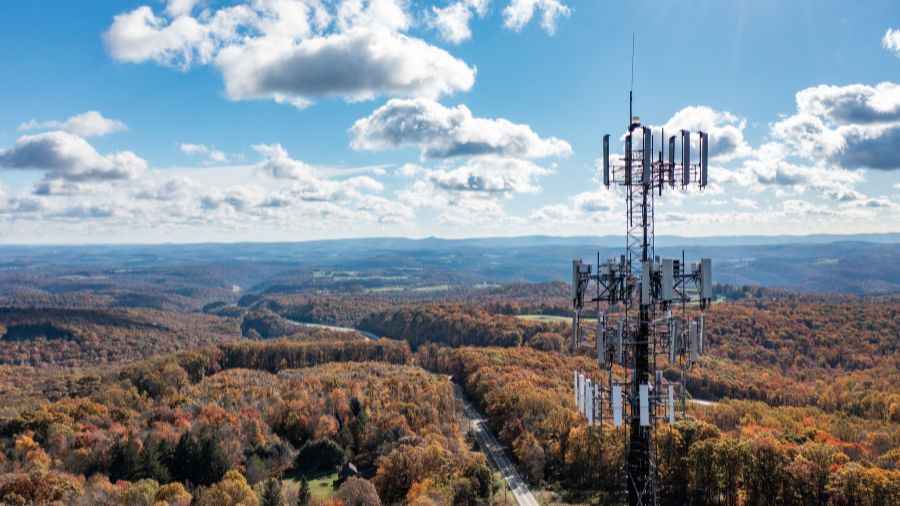With a budget of just about $980 million for the current round of the Tribal Broadband Connectivity Program, NTIA has received applications requesting a total amount of $2.64 billion.
This latest oversubscribed Broadband Funding Program consisted of a total of 160 applicants.
The program’s total budget is $2.98 billion, which is funded by two sources: President Biden’s Bipartisan Infrastructure Law, which provided $2 billion, and the Consolidated Appropriations Act of 2021, which provided $980 million.
The Bipartisan Infrastructure Law provides a historic $65 billion in funding to connect everyone in America.
The National Telecommunications and Information Administration (NTIA), part of the U.S. Department of Commerce, is the Executive Branch agency that advises the President on telecommunications and information policy issues.
NTIA highlighted that the Tribal Broadband Connectivity Program is part of a broader federal initiative aimed at increasing broadband access, affordability, and digital literacy.
It also aims to plan for future internet infrastructure investments and upgrade network equipment.
This second round of funding will focus on Native American, Alaska Native, and Native Hawaiian lands for the deployment of Internet infrastructure, affordability programs, telehealth, and distance learning initiatives.
The second Notice of Funding Opportunity (NOFO) includes notable changes, such as an extended application period, prioritization of infrastructure deployment projects over standalone use and adoption projects, and updated criteria for evaluating applications.
The NTIA is conducting regular webinars to assist potential applicants with the application process and discuss key aspects of the NOFO.

These webinars provide an opportunity for Tribal entities to gain a better understanding of the program requirements and support available.
“For Tribal communities to thrive in the modern digital economy, they need access to affordable, reliable high-speed internet service,” Assistant Secretary of Commerce for Communications and Information and NTIA Administrator Alan Davidson said in a press release.
“The number of applications for our Tribal connectivity program shows that demand remains high for quality internet service in Indian Country.”
According to Section 9059(a)(8) of the Act, the entities eligible to receive grants pursuant to this round of NOFO are:
- A Tribal Government;
- A Tribal College or University;
- The Department of Hawaiian Home Lands on behalf of the Native Hawaiian Community, including Native Hawaiian Education Programs;
- A Tribal organization; or (v) an Alaska Native Corporation.
For additional information concerning the eligibility requirements for this program, see Section C of this NOFO.
Oversubscribed programs like this are neither rare nor new.
Another instance of such oversubscription is when network operators in Oklahoma asked for funding of $5.1 billion while The Oklahoma Broadband Office had a budget of just $374 million.
To put that in a ratio, that equals 14 requests for 1 dollar.
Some more examples are:
- Michigan: $1.3 billion in requests against a budget of $231 million in the Realizing Opportunity with Broadband Infrastructure Networks (ROBIN) program.
- Colorado: $643 million in requests against a $162 million budget in the Advance Colorado Broadband grant program.
- Texas: $180 million in requests against $120 million budget in the Bringing Online Opportunities to Texas program.
- Ohio: $780 million in requests against $77 million available through BroadbandOhio.







Add Comment